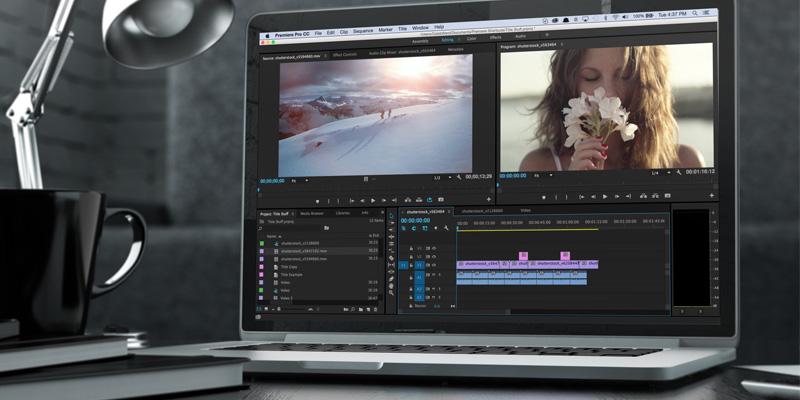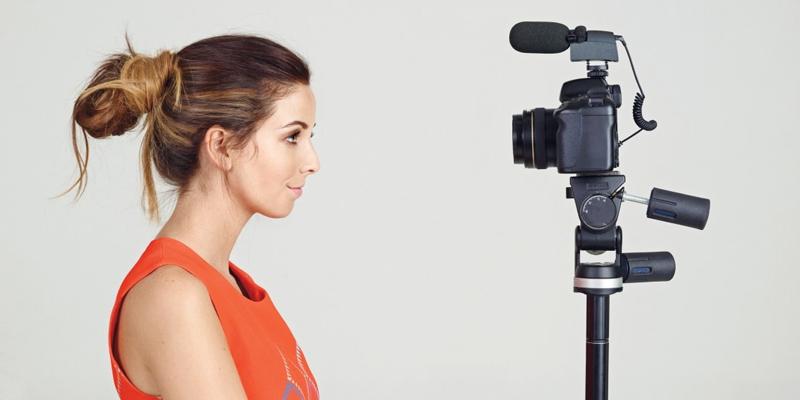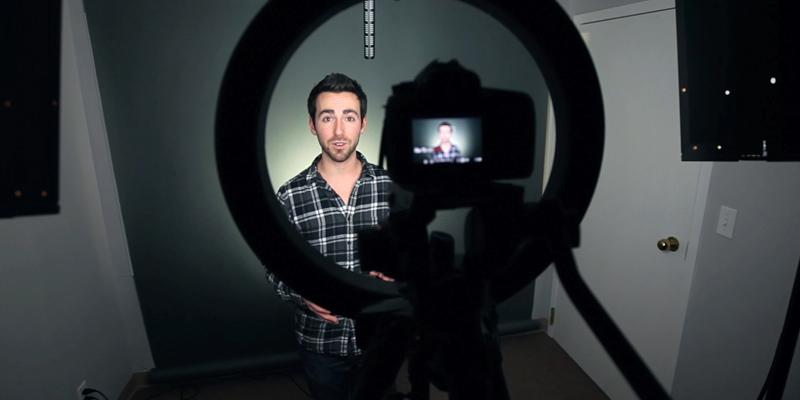Setting the Account
Generally, we recommend starting with YouTube as it has the widest audience. Once you’ve decided upon what your videos will be about, get a Google account. It is free and the chances are high you already own one anyway. The account name should be easy to remember, to let people, searching videos online, find your video blog channel faster. Your videos ought to meet monetization criteria, set by YouTube, too. Basically, it should be unique and not a compilation of other users’ content.
Regular Activity
Make a few videos beforehand to post them for a few days in a row. Then, you can start posting them less often with a frequency of at least one video a week. Maintaining some kind of a release schedule is advised, so that your blog looked active and people knew when to expect the next video. It's also important that you interact with your viewers answering their comments. Doing so, you won't look like some posting bot and will be more likeable to your audience.
Keep It Short
In general, vlog videos have about 3-to-10 minutes runtime. The longer it is, the fewer are the chances that people will watch a video till the end. Make them interesting, funny, and enticing. The same goes for the thumbnails and titles. Having some basic skills in video and audio editing can be a huge bonus. There are free and paid video editing programs for all platforms, but you can start with such free software as Windows Movie Maker, iMaker, Vegas Pro or buy a Sony Movie Studio. On the related note, having videos with different sound volume levels is a common rookie mistake, so try to avoid it from the start.
Be Prepared
Some successful video bloggers may sound like they improvise all the time. Yet, they often read from the script or at least prepare some drafts for the topics they are going to talk about. So, having the texts written down and rehearsed before the shooting is a good way to look composed and sound natural in front of the camera. Try not to overact and sound pretentious (unless that’s what your videos are about, of course).
Promotion Is the Key
Getting many views, especially, with niche-themed videos may be difficult without promotion. Get involved in YouTube community. Speak with your followers and answer their questions. If you have friends who have already got a lot of viewers, ask them a favor to run a short ad about your channel at the end of their video. Promote your channel on the dedicated forums and forum boards too. Still, don't forget: you can put all your effort into promotion and it might not bring you the desired results without a quality content. Making good videos is your ever-so priority.
Vlogger’s Gear
Let’s take a look at the basic equipment that you might need for making videos for your own channel.
Camera
The webcams are great for the streaming and skyping. However, if you want to win the audience, you need quality visuals. Therefore, get either a camcorder or DSLR camera, capable of shooting HD videos. Also, consider buying a model with an adjustable vari-angle display (like the Canon Rebel T5i) so that you could check yourself out during the shooting. For taking videos outside, consider buyingan action camera like a GoPro.
Microphone
The sound is the next important thing. If your viewers can’t hear or understand you, they won’t bother watching your videos, right? There are many microphones for voice recording that can capture a clear sound of your voice. Lately, the Blue Yeti USB mic is considered to be one of the best mics for this. You might also need an anti-pop noise filter to improve speech clarity. Outside, you may opt to use a small lavalier mic with a clip to attach to the shirt’s collar.
Camera Support
Even a rattling noise from the truck on the street may shake your camera. Thus, consider buying a camera tripod or a stand to get a stable image and be able to fix the view on yourself or the subject. Outdoors, you can use either a large tripod or a selfie stick with an action camera or even just a phone instead.
Device to Read the Text From
We’ve already mentioned that you might want to prepare the script before shooting the video. It can be either printed sheets, an e-Reader with the large font or just a monitor screen.
Lighting and Background
A lot of successful video bloggers reuse the same background in their videos all the time. That is why a simple textured wall or a wallpaper will do. If you are good at post-editing, you might want to get the chromakey to add some special effects to the videos later. However, in both situations, you should think about the lighting. The professional-grade lighting can be obtained with a ring-light or a soft-light kit for removing unwelcomed shadows and creating more natural-looking colors and tones.










